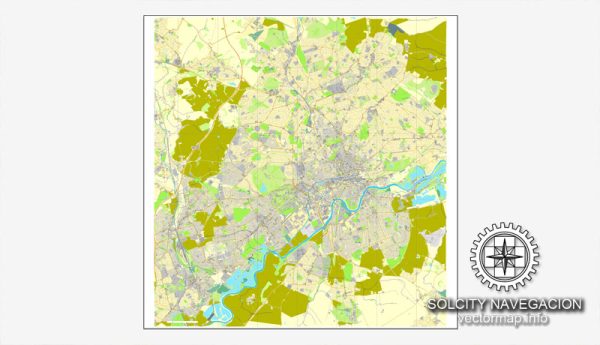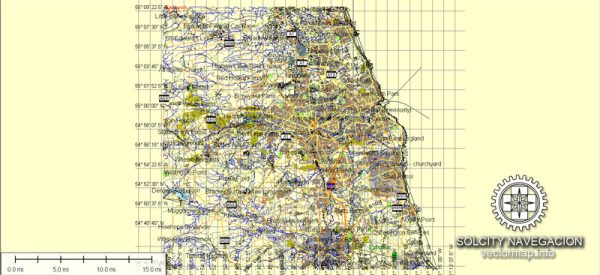Newcastle upon Tyne, commonly known as Newcastle, has a rich history of urban development that spans centuries. Here is an overview of the key historical aspects of the city’s urban development:
- Roman Era (2nd Century AD):
- Newcastle’s history dates back to Roman times when it was known as Pons Aelius. The Romans established a fort on the northern bank of the River Tyne around the 2nd century AD.
- Medieval Period:
- The medieval period saw the development of the Newcastle Castle, built by the Normans in 1080 on the site of the former Roman fort. The town gradually grew around the castle.
- 13th to 16th Centuries:
- During the Middle Ages, Newcastle became an important market town and developed a thriving trade industry. The town’s strategic location on the River Tyne facilitated commerce.
- 17th Century:
- The 17th century saw the growth of Newcastle as a coal-exporting town. The discovery of coal in the region led to the expansion of the mining industry, and the river became a crucial transportation route for exporting coal.
- 18th Century:
- Newcastle played a vital role in the Industrial Revolution. The construction of the Newcastle and Gateshead Quaysides in the 18th century facilitated the shipping of coal, and the town became a major center for coal production and export.
- 19th Century:
- The 19th century brought further industrialization, with the development of shipbuilding and engineering industries. The city’s population grew, and residential areas expanded.
- 20th Century:
- In the early 20th century, Newcastle continued to evolve as a major industrial and commercial center. However, like many industrial cities, it faced economic challenges in the later part of the century, leading to the decline of traditional industries.
- Post-War Period:
- The post-World War II era witnessed efforts to regenerate and modernize the city. Some areas, especially around the quayside, were redeveloped to accommodate new businesses and residential spaces.
- Late 20th Century to Present:
- In recent decades, Newcastle has undergone significant urban regeneration. The transformation of former industrial sites, such as the Quayside, into cultural and commercial spaces has revitalized the city. The development of modern infrastructure, educational institutions, and the arts scene has contributed to Newcastle’s rejuvenation.
- Modern Urban Development:
- Today, Newcastle stands as a vibrant and diverse city. The urban landscape combines historic architecture with contemporary developments. The city’s commitment to cultural events, education, and innovation continues to shape its urban identity.
Newcastle’s history of urban development reflects its evolution from a Roman fort to a medieval market town, an industrial powerhouse, and now a modern city with a diverse economy and cultural scene. The blend of historical landmarks and modern infrastructure contributes to the unique character of Newcastle upon Tyne.



 Author: Kirill Shrayber, Ph.D.
Author: Kirill Shrayber, Ph.D.